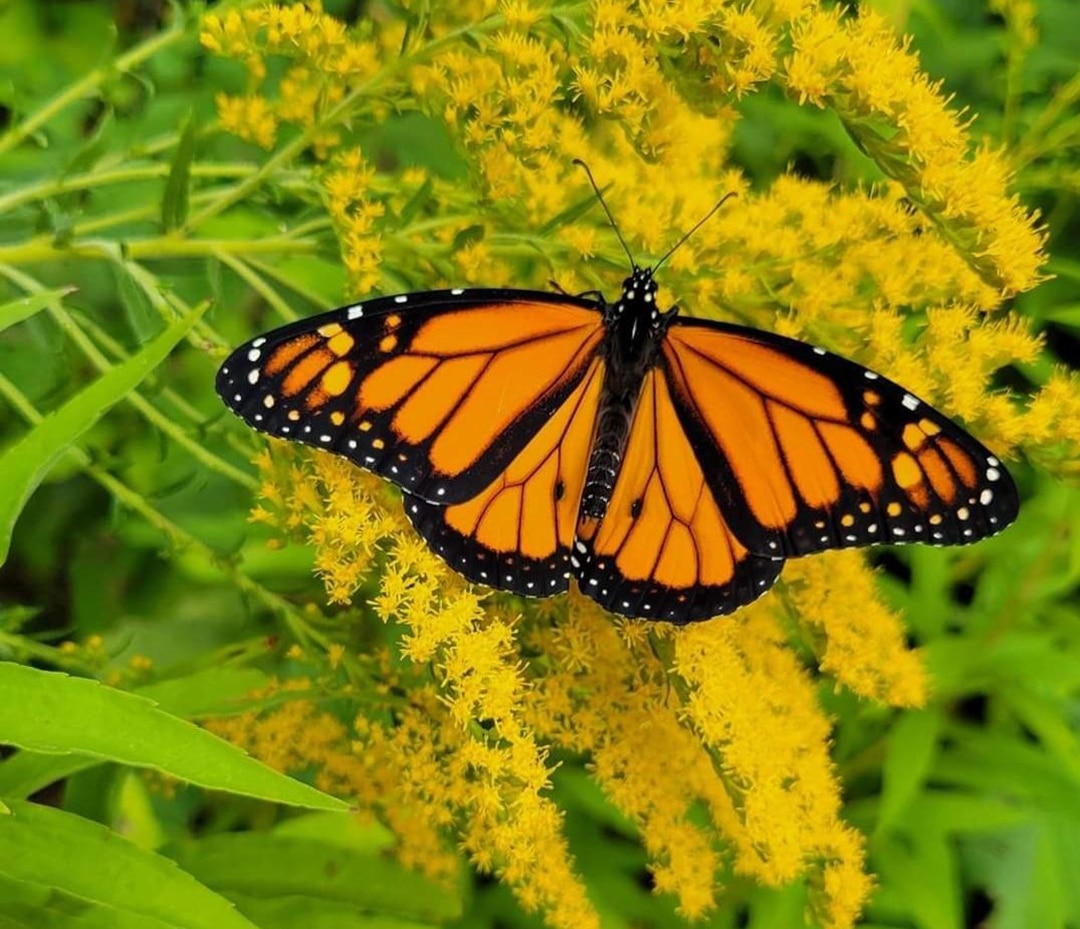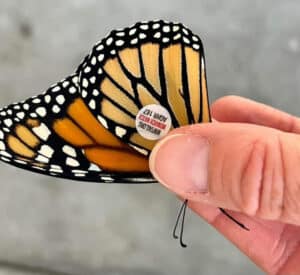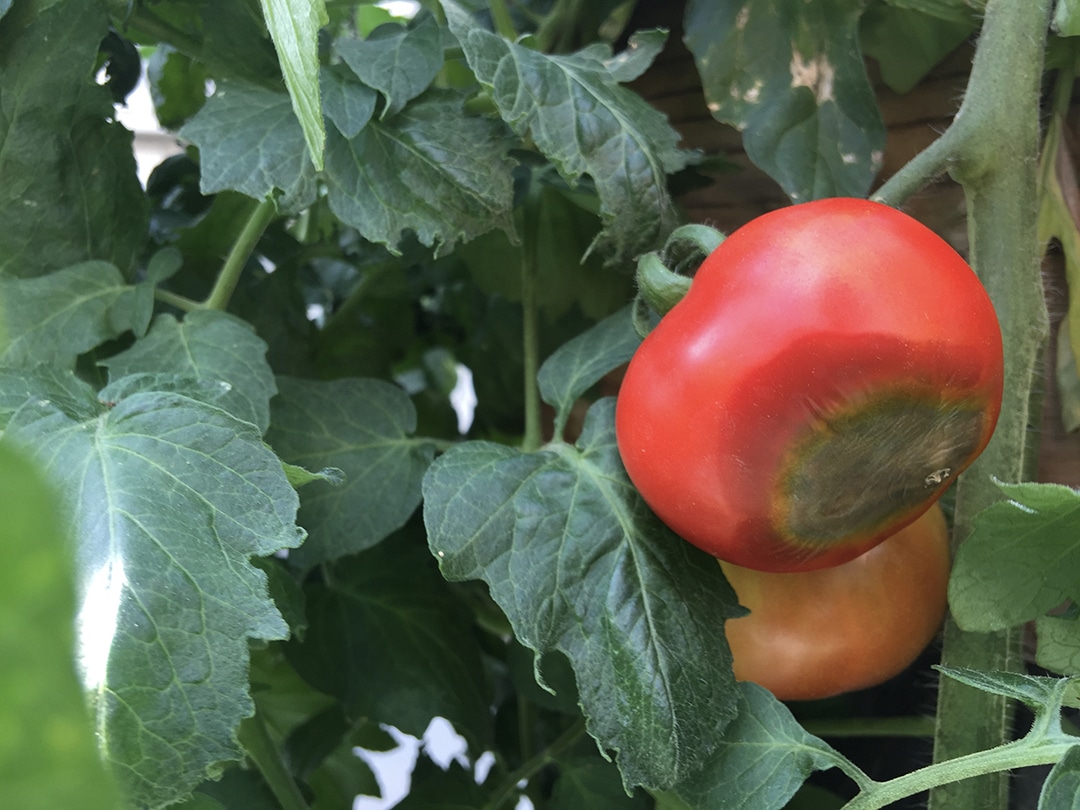Special to the Times Vedette
Iowa Governor Kim Reynolds, Lieutenant Governor Adam Gregg, Secretary of Agriculture Mike Naig, and Department of Natural Resources Director Kayla Lyon recognized 44 Iowa farm families with Iowa Farm Environmental Leader Awards at the 2024 Iowa State Fair, including Tamara Deal and Mark and Brennen Vogel. The award acknowledges farmers who take voluntary actions to improve and protect our state’s natural resources, including our soil and water, serving as leaders within their communities.
These farm families use cover crops, no-till, wetlands, bioreactors, saturated buffers, grass waterways and many other proven conservation practices that improve water quality, enhance soil health and support the goals of the Iowa Nutrient Reduction Strategy. These worthy recipients recognize that the benefits of conservation practices extend beyond their farms, and their leadership encourages others to adopt similar conservation practices.
“Farming and environmental stewardship have always gone hand-in-hand,” said Governor Reynolds. “Today, we’re proud to honor farm families who have gone above and beyond, often for generations, to safeguard the land that feeds the world and makes our way of life possible. Congratulations to the 2024 IFELA award winners and thank you for preserving our state’s natural resources for decades to come.”
“Iowa continues to set records for conservation and water quality practice implementation, and this award recognizes our state’s farm families who are leading the way and serving as positive examples for others,” said Secretary Naig. “We are committed to accelerating our state’s water quality efforts in the years ahead and I am confident that Iowa’s farmers and landowners will rise to meet to this challenge.”
“We take great pride in recognizing these leaders in our farming communities throughout our state who prioritize sound conservation practices,” said Director Lyon. “Their commitment to conservation is paving the way for future generations and inspiring other farmers.”
The winners were chosen by a committee representing conservation and agricultural groups. A total of 821 Iowa farm families have been recognized since the creation of the Iowa Farm Environmental Leader Award in 2012. A list of previous recipients is available on the Iowa Department of Agriculture and Land Stewardship’s website.
The 2024 award recipients, listed alphabetically by last name, are:
Tom and Mary Beth Adam
Keokuk County
Green Country Farms LLC
Alec Amundson and Adam Norby
Mitchell County
Balderston Farms
Aaron and Dawn Balderston
Linn County
Bretz Farms LLC
Michael and Lisa Bretz
Buchanan County
Marty and Lisa Danzer
Carroll County
Tamara Deal
Guthrie County
Divan Farms
Jeff and Haley Divan
Winnebago County
Sean and Sara Dolan
Buchanan County
Brandt and Stacy Ferry
Shelby County
Matt Goodman
Marshall County
David and Julie Guthrie Family
Delaware County
Steve Henze and Joan Meester
Grundy County
Conner and Ashley Hildreth
Calhoun County
Jay and Marlowe Jung
Floyd County
Jason and Jordan Klinge
Clayton County
Kubik Farm
Tama County
Hunter Lindgren
Ida County
Dallas and Rebecca Linkenmeyer
Howard County
Keith Lovrien Farm
Butler County
Maxwell Farms
Story County
Andy and Lisa Merron
Kossuth County
Eric A Miller
Dubuque County
Metairie Ltd
Stan and Martha Nelson
Des Moines County
Bloomsbury Farm
David and Karen Petersen
Benton County
Broken Kettle Feedlot
Plymouth County
Kevin Prevo
Davis County
David and Mary Robinette
Montgomery County
Oaklawn Farms
Leon Schau
Lee County
Tony and Shirley Schroeder
Plymouth County
David, Amy, Aaron and Ean Scott
Muscatine County
Nick and Mary Sennert
Buena Vista County
Joseph and Janice Shirbroun
Carroll County
Jessob and Jenna Steffen
Clay County
Sterling Farms
Wapello County
Steve and Sue Anne Stoermer
Clay County
Tim and Jana Terwilliger
Humboldt County
Eric and Tali Vander Stouwe
Sioux County
Tom and Jen Vaske Family Farm
Delaware County
Mark and Brennen Vogel
Guthrie County
Brent and Cara Wells
Pocahontas County
Weston Family Farms
Luke and Alicia Weston
Buchanan County
Russell and Beth Winterhof
Cherokee County
Brush Creek Henhouse LLC
Mark and Alana Yoder and Sara Yoder
Decatur County
Dennis and Ann Youngquist and Timothy and Amanda Youngquist
Sac County

 Theodore “Ted” K. Hansen, 97, son of Vernon and Leta Hansen, was born Sept. 13, 1926, in Inglewood, California. He passed away peacefully Wednesday, Aug. 7, 2024, at the Guthrie County Hospital, Guthrie Center, surrounded by his loving family.
Theodore “Ted” K. Hansen, 97, son of Vernon and Leta Hansen, was born Sept. 13, 1926, in Inglewood, California. He passed away peacefully Wednesday, Aug. 7, 2024, at the Guthrie County Hospital, Guthrie Center, surrounded by his loving family.
 On Aug. 24 from 10-11:30 a.m., participants can investigate the life cycle of a monarch butterfly, discover how to identify male and female monarchs, study monarch migration and learn how to tag monarchs on their journey south to central Mexico.
On Aug. 24 from 10-11:30 a.m., participants can investigate the life cycle of a monarch butterfly, discover how to identify male and female monarchs, study monarch migration and learn how to tag monarchs on their journey south to central Mexico.